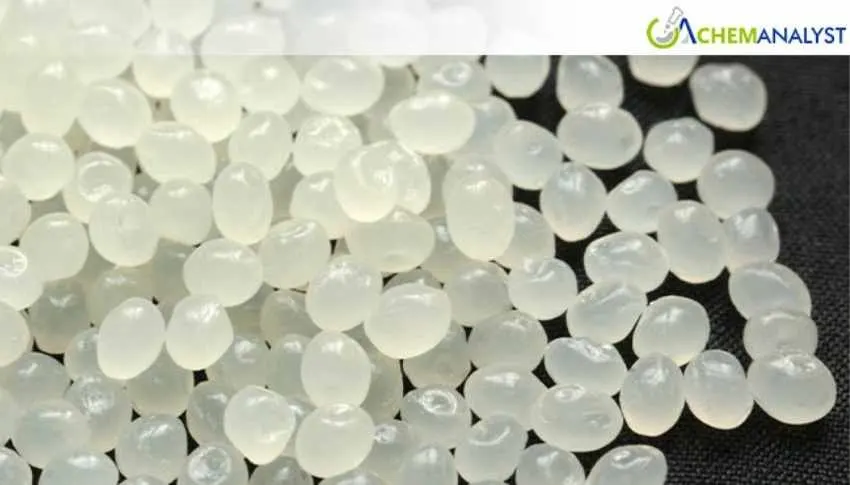Welcome To ChemAnalyst

In July 2025, Ethyl Vinyl Alcohol Copolymer (EVOH) prices in China fell by 1.7% due to sluggish demand from key downstream sectors, including packaging and automotive, which were grappling with high inventories and a seasonal slowdown. The market was also flooded with cheaper imports from Japan and Taiwan, a trend exacerbated by declining intra-Asian freight costs. This oversupply, coupled with a decrease in production costs for exporters due to lower upstream VAM and EVA prices, created a highly competitive environment. Consequently, firms reduced their selling prices to attract new business, leading to a cycle of price reductions and a general reluctance for fresh buying, which was further complicated by trade tariff concerns.
Ethyl Vinyl Alcohol Copolymer (EVOH) prices in China have been on a downward trajectory, with a significant decline of 1.7% in July 2025. The slow demand from China's downstream packaging and automobile industries was one of the main causes of the EVOH price decline. Additionally, the domestic market for EVOH was booming and full of cheaper imports from Taiwan and Japan. The EVOH downturn was also reinforced by decreased manufacturing costs brought on by lower upstream VAM and EVA prices.
Key Takeaways:
According to ChemAnalyst, EVOH prices in China are anticipated to rise as a result of a slow but steady improvement in procurement. Additionally, weather-related delays (like typhoons in Asia) may affect import supplies and shipping timetables.
In the meantime, EVOH prices in China fell in July 2025 as a number of downstream packaging companies struggled with excessive finished product inventory levels. Their requirement for fresh supplies, particularly EVOH, was greatly decreased by this surplus situation.
This was exacerbated by a seasonal slowdown, which further reduced demand. Weak import orders were another indication of low corporate confidence, which was seen in the absence of domestic purchases. Rather than refilling in bulk, businesses chose to take a cautious "wait-and-see" strategy, making only little, necessary purchases.
China EVOH imports from South Korea decreased by 27.4% from May 2025 to June 2025, according to South Korean Trade Statistics, dropping from 19 MT to 13.8 MT.
The difficulties facing the local market were made worse by a surge of lower-priced imports, especially from Japan. Japanese EVOH was able to undercut local rates due to a decrease in intra-Asian freight costs, which increased its competitiveness. The overall price decline was caused by a combination of lower shipping costs and more supply from previous exports, which left domestic traders with few choices.
On the supply side, exporting countries' production costs have dropped. This was mostly caused by a 0.8% drop in July pricing for important raw materials like feedstock EVA and Vinyl Acetate Monomer (VAM). Manufacturers might produce EVOH at a reduced cost and provide more competitive prices if they used cheaper components.
There was fierce competition in the market. Businesses fought for new clients as demand waned, frequently by cutting prices. It became challenging for suppliers to preserve their margins as a result of the cycle of price decreases.
Businesses became even more cautious as a result of the additional layer of uncertainty created by worries about possible trade tariffs. There were fewer offers and deals around the region as a result of the fierce competition and trade anxieties.
We use cookies to deliver the best possible experience on our website. To learn more, visit our Privacy Policy. By continuing to use this site or by closing this box, you consent to our use of cookies. More info.
